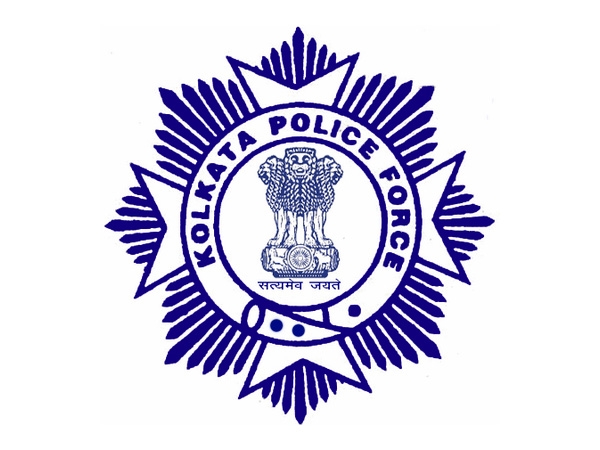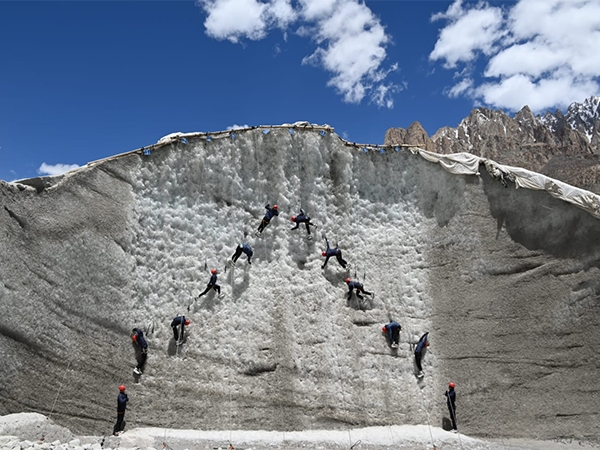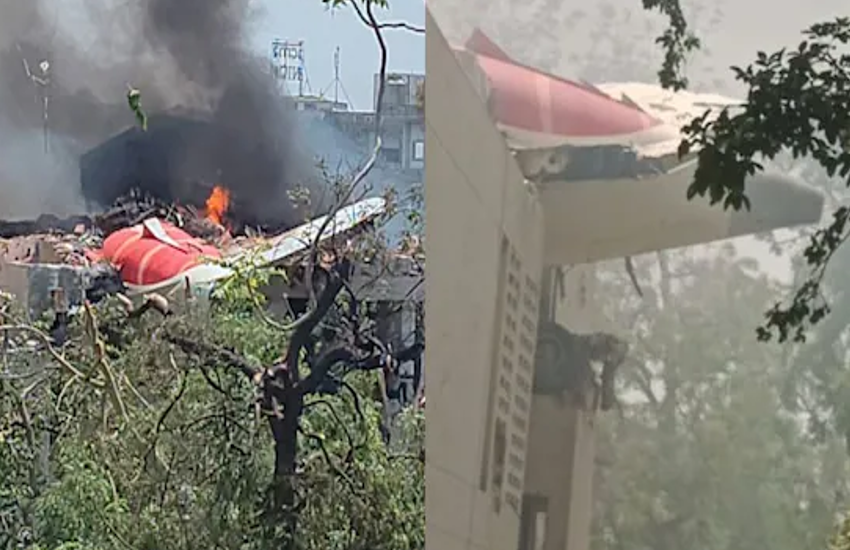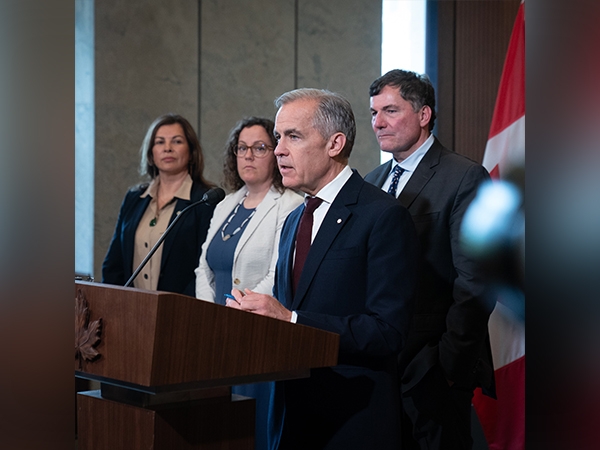Want to prevent ecological catastrophe? Start with saving birds

Earth. Fire. Wind. Water. Take the four elements in our environment and bring them together, and you get a bird. Recently, it was proved that birds are dinosaurs, related closely to Tyrannosaurus Rex no less.
This does make sense. Birds are the closest we come to nature: we have more than 1,300 species in India, and they are in a lot of places -- in the garden, calling on your verandah, in city squares. Children may see a crow, pigeon or white-eye before they see any other animal.
It's befitting then that the cuckoo outside our window is part of a species that has survived for millions of years, longer than we have. So why are we doing so badly in protecting our iconic species?
The Great Indian Bustard, you will notice, is named after India. That's because it has always historically been found here, in our country. But we have only about 150 left now; 150 of a species that is named after our country, was once found in eleven Indian states, and is dependent on us for its survival. The GIB needs a specific habitat -- grasslands, interspersed with agricultural fields, dry scrub land. It needs organic landscapes because like peacocks, whose carcasses are lined up morbidly and regularly in fields, the GIB also gets poisoned by chemicals. It needs undisturbed areas to nest in, without dogs, people, foxes, cats.
Also Read: Have you ever seen a Great Indian Bustard? Chances are you never will
Rajasthan provides the last hope for the GIB: about 80 birds are left in Thar's magnificent landscape. Rajasthan needs to show the way for the rest of India if we want the GIB to survive. Work has started on securing areas for the bird to breed and there are plans for a facility to conduct conservation breeding, as has been done for the bird's cousin, the Houbara Bustard. A lot more needs to be done, including marking or removing wires that the bird flies into, dying an ignominious, electrocuted death.
Hanging on the edge of extinction, the GIB may soon join the dinosaur in children's encyclopaedias if we don't get our act together.
Another bird we always saw, and now rarely do, is the house sparrow. Did you grow up with the house sparrow? Chances are every Indian has seen the sparrow. As the name suggests, it nests close to humans. If we can't find it now, does that bode ill for the bird? Yes, it does, but I would argue it also bodes ill for us as well. That the sparrows have stopped cheeping means there's something wrong with our environment.
The level of chemicals in our immediate vicinity is very high. This kills insects and crawls into our foodchain. The magnificent American Bald Eagle laid eggs with eggshells too thin to hatch because of DDT contamination. When DDT was phased out, it not only saved the eagle but led to health benefits for humans as well. The sparrow's decline shows us how much chemical content there is in our lives, and bodies. Sparrows are also affected by urban noise. And in our cities, horns, construction sounds, jagratas, never-ending weddings with public announcement systems all come together in one ear-splitting, slowly-deafening experience.
Also Read: One in every five new endangered bird species in the world, is Indian
There are too many chemicals in our fields, gardens and homes, and too much noise in our lives. This World Environment Day, let's pledge to cut them out. That's what the little baby bird, she of the ancient lineage, is telling us before it dissolves into a premature, poisoned death.Earth. Fire. Wind. Water. Can we save them all?
Let's start with saving birds. Over that, we may end up saving ourselves.
The views expressed here are personal and do not necessarily reflect those of the organisation.
Also Read: In the red: 5 reasons why India is the most dangerous place for birds
First published: 3 June 2016, 8:09 IST






![BJP's Kapil Mishra recreates Shankar Mahadevan’s ‘Breathless’ song to highlight Delhi pollution [WATCH] BJP's Kapil Mishra recreates Shankar Mahadevan’s ‘Breathless’ song to highlight Delhi pollution [WATCH]](https://images.catchnews.com/upload/2022/11/03/kapil-mishra_240884_300x172.png)

![Anupam Kher shares pictures of his toned body on 67th birthday [MUST SEE] Anupam Kher shares pictures of his toned body on 67th birthday [MUST SEE]](https://images.catchnews.com/upload/2022/03/07/Anupam_kher_231145_300x172.jpg)






